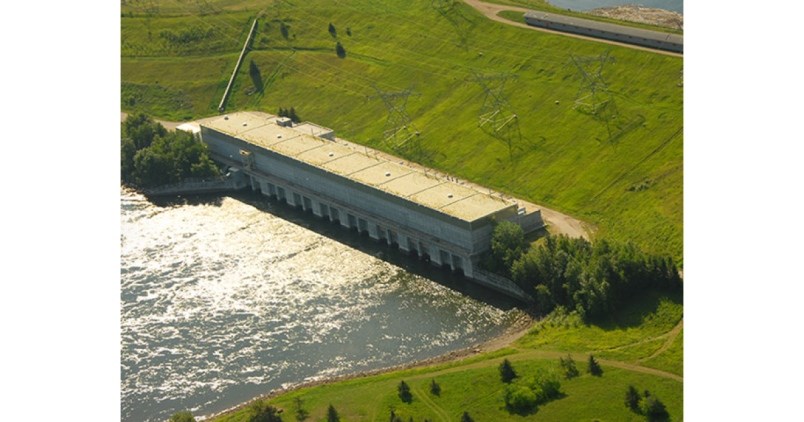A $300 million six year project to extend the life of the EB Campbell hydroelectric station started this week.
The six generator units in the dam were commissioned in 1963 and 1964 and were designed for a lifespan of 50 years. The upgrades will allow them to run another 50 years.
“That's an important facility for us,” said Joel Cherry, a SaskPower spokesperson. “It generates 289 megawatts of clean electricity. It's our largest hydro facility in terms of output.”
The amount of power generated by the power station is enough to cover half the city of Saskatoon.
As well, the dam is an important part of meeting SaskPower’s goal of reducing carbon emissions to 40 per cent below 2005 levels by 2030. Hydro power as a whole representes 20 per cent of SaskPower’s generating capacity.
The water was drained from one generator unit and work began Aug. 6. The plan is to work on it until the end of March.
“The reason they work through that fall and winter period is just to make sure they can take advantage of the peak flows for generating power in the spring, when you have the spring run off,” Cherry said.
Then they’ll work on another unit starting in August 2020 and repeat every year until they are all upgraded.
The upgrades should not have any impact on customer’s power, as there’s enough redundancy in SaskPower’s system to cover what’s not being generated.
Cherry said the six year project will benefit nearby Nipawin.
“When we have large scale construction of this sort near communities like Nipawin it does create some positive economic spin off because you have people in the area who are working and using the services, etc, in that community,” he said.
First Nations should also benefit.
“The project team and the plant staff have been engaging with local Aboriginal communities, especially the community of Cumberland House, regularly, leading projects and they're going to continue to work with them during the execution of the project.”



